QuestionI will be getting two shih tzu puppy's, both litter mates, both males, and was wondering what size crate I should get for the both of them so that I can crate train them. If I have to buy one now and one later when they are full grown than I will but if I could buy the crate that they will need together when they are both full grown that would be great. If you feel that I need to get each one their own crate than I will. Any advice would be great. Thanks!
AnswerI would recommend getting 2 small crates. Except for the space they take up, there is little downsize to having a adult in an oversize crate. An adult is about a foot long and doesn't need much longer of a crate. One other consideration on buying a crate is if you ever may be flying is getting one That will fit under your seat so you can have it in the cabin. Block off part of them until they are housebroken. One of the reasons crates work so well is that they restrict activity, slowing the body and allowing it to go longer without relieving it. Put 2 young puppies in the same crate, and no matter how small the crate is, there will be plenty of activity.
At bed time, with a new puppy, I have found lying down in front of the crate like you were going to sleep and speaking softly to it, or singing, until it settles down and goes to sleep works very well. Follow the pattern, a period of active play, outside to eliminate, and then into the crates.
Much of housebreaking is not training the puppy, but making it easier for your puppy, you, and your carpet while its body to catches up to its instincts. At around 8 weeks when the puppy goes to its new home, the time from when it realizes it has to go, and when it can't wait any longer is a matter of seconds. Only time will fix that. You can hardly be expected to be attentive enough to avoid all accidents. There is no sense punishing the puppy for your inattention. It is not fair to punish you either, but you still have to clean it up if you didn't have the puppy outside in time.
Housebreaking starts before you get home with the new puppy. If you don't have a crate, buy one. I prefer the more enclosed, den like plastic ones. Skip the bedding. At first it gets wet, and later it can be chewed into choking hazards. A wire grid in the bottom will help keep the puppy up out of accidents at first. They are available with the crates, but expensive and hard to find. A piece of closely spaced wire closet shelving from a home supply place is cheaper. I am now using a plastic vegetable bin with plenty of holes drilled in the bottom. It helps block off part of the crate for the smaller puppy. With a metal crate, covering it may help. Just make sure you use something the puppy can't pull in and chew. Dogs that start out in crates as little puppies, accept them very well. Never leave an unattended puppy loose in the house. If nobody can watch it, put it in the crate. I suggest letting the dog have its crate all its life. A crate needs to be just big enough for a dog to stretch out in.
Choose a command and spot you want it to use. The less accessible to strays, the less chance of serious disease. If it is a female, choosing a non grassy spot will avoid brown spots later. When you bring it home, take it to the spot and give it the command in a firm, but friendly voice. Keep repeating the command and let the puppy sniff around. Sometimes you need to walk it around to stimulate its body to eliminate. If it does anything, praise it. Really let it know what a good dog it is and how much you love it, and maybe a treat. Note, being out there not only means you can praise it, but it also keeps it from being snatched by a hawk. If it doesn't go, take it inside and give it a drink and any meals scheduled. A young puppy will need to go out immediately afterward. Go to the spot and follow the above routine. Praising it if it goes is extremely important. If it doesn't go, walk it around. They can only walk and hold it so long. If still nothing, take it back inside and put it in its crate and try again soon.
At first it is your responsibility to know and take the puppy out when it needs to go. It needs to go out the first thing in the morning, after eating, drinking, and sleeping. If it quits playing, and starts running around sniffing, it is looking for a place to go. Take it out quickly. You will just have to be what I call puppy broke until it is a little older. How successful you are depends on how attentive you are.
By the time most dogs are about 3 months old, they have figured out that if they go to the door and stand, you will let them out. The praise slowly shifts to going to the door. Some people hang a bell there for the dog to paw. If your dog doesn't figure this out, try praising it and taking it out if it even gets near the door. When you catch it in the act, give it a sharp ''Ah, ah, ah!'' and take it out. Clean up accidents promptly. I mostly keep the little puppies out of the carpeted rooms. Still I need the can of carpet foam sometimes. First blot up all the urine you can with a dry towel. Keep moving it and stepping on it until a fresh area stays dry. A couple big putty knives work well on bowel movements. Just slide one under it while holding it with the other. This gets it up with a minimum of pushing it down into the carpet. This works with even relatively soft ones, vomit, dirt from over turned house plants, or anything else from solids to thick liquids. Finish up with a good shot of carpet foam. Note, do not let the puppy lick up the carpet foam. Once the dog is reliably housebroken, your carpet may need a good steam cleaning.
Many people strongly strongly push cleaning up all evidence of past accidents. I am slower to suggest that. Dogs will return to the same spot if they can find it. When you see one sniffing the spot, that is your clue to run it out.
Many people would suggest not getting 2 males, especially not 2 young puppies at the same time. Be prepared to make housebreaking your full time job. Usually any 2 dogs will do fine together, but you have the fewest problems with a male and female as long as they are spay/neutered.
One last point. If the breeder insists keeping the puppy to 12 weeks or more, go elsewhere. The period between 6-12 weeks is a dangerous time. One sniff where a sick dog relieved itself in the last 6 months can bring on parvo or another life threatening disease. Fail to expose it to strangers, including men, women, children, noise, etc. and you could end up with a misfit you can't take out in public. They also need continuing contact with other dogs, but it must be limited to ones you know are getting good care. The dangers of infection continue after 12 weeks, but the best time for socialization is ending.
http://www.avma.org/onlnews/javma/oct08/081001c.asp
http://www.apdt.com/veterinary/assets/pdf/Silvani_JF05.pdf
http://www.akc.org/enewsletter/akc_breeder/2008/winter/puppy.cfm

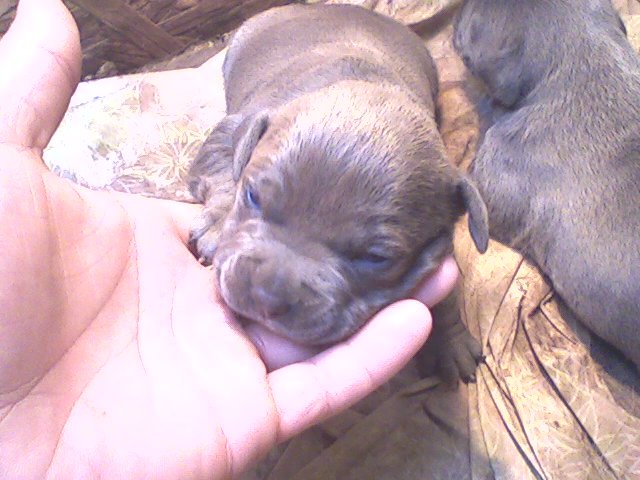 Puppy help? does this look like a nice quality puppy?
Question
3 weeks old
im getting this blue nose puppy so
Puppy help? does this look like a nice quality puppy?
Question
3 weeks old
im getting this blue nose puppy so
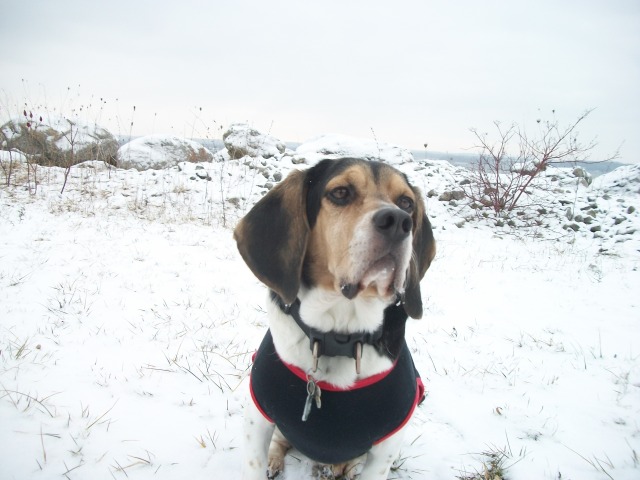 2nd Dog
Question
Winston
Hi, I have a beagle/bassest hou
2nd Dog
Question
Winston
Hi, I have a beagle/bassest hou
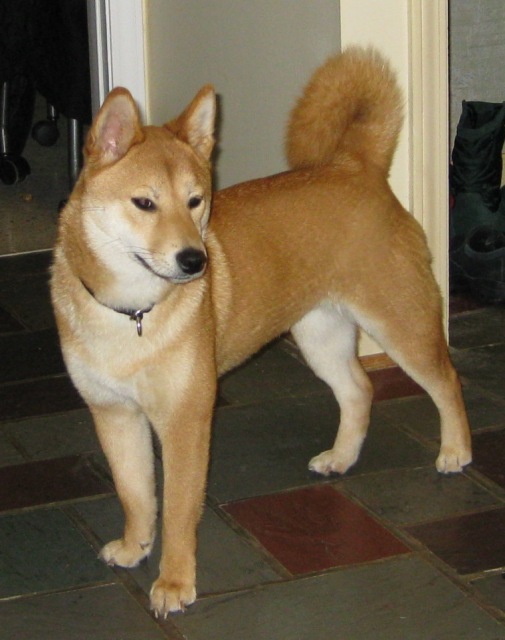 Rescued Shiba with ISSUES
Question
Shredder
Kristin,
I consider myself an experie
Rescued Shiba with ISSUES
Question
Shredder
Kristin,
I consider myself an experie
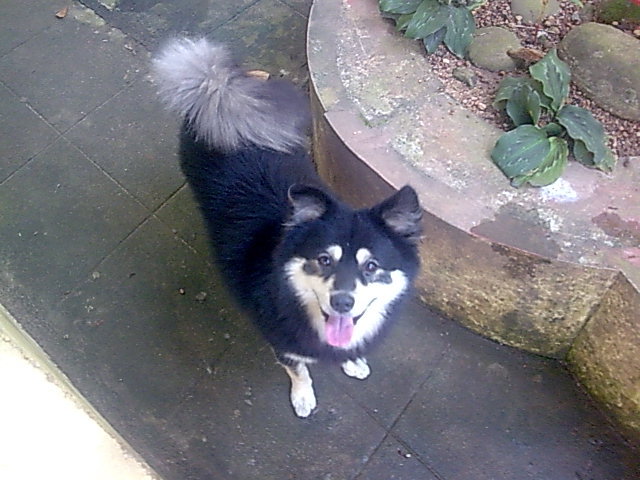 pooping and peeing
Question
snoopy
hi, my name is praveen n i have a dog t
pooping and peeing
Question
snoopy
hi, my name is praveen n i have a dog t
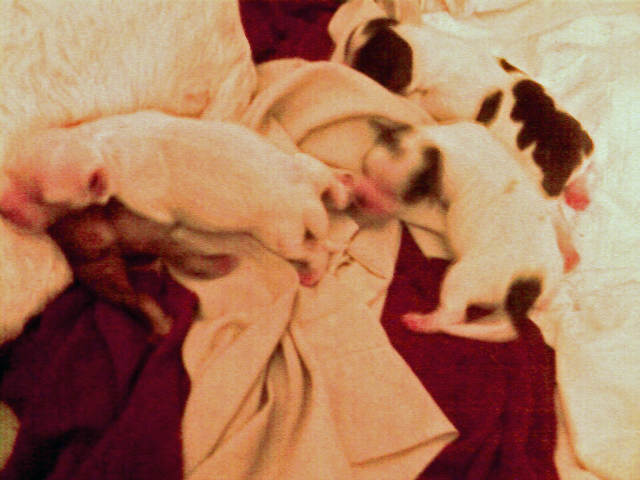 worried about mom dog not lactating enough
Question
angel and her pups jus
I have a small mixed br
worried about mom dog not lactating enough
Question
angel and her pups jus
I have a small mixed br